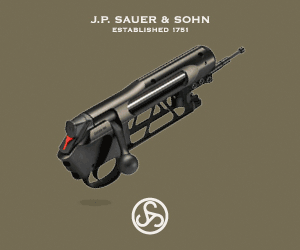Before its production, the Niva was tested over a period of years by a team led by Vadim Kotlyarov in the most difficult terrain of the Soviet Union, such as the
Ural Mountains and
Siberia, the deserts of the
Kazakh SSR, and the
Pamir Mountains in the
Tajik SSR, where it was compared with its military counterpart, the
UAZ-469, and some Western off-road vehicles—the British-made
Land Rover Series and the
Range Rover Classic.
[24][25] Its off-road capabilities were demonstrated for the very first time, which were based on its effective permanent four-wheel drive system featuring a
transfer case and central
differential lock, with the combination of a short wheelbase (only 2,2m), relatively low weight (just over a ton), independent suspension, small dimensions (3,74×1,68 m), and high
ground clearance (about 265 mm). Its large but narrow wheels (175/80-R16 in dimensions), originally featuring domestically designed "Voltyre" VLI-5 high-tread tires, offered relatively strong ground pressure, which lowered the chances of slipping or getting bogged down off-road. For example, in the 1973 and 1974 trials, the Niva climbed a 58% slope, and crossed 60 cm (24 in) of water and 100 cm (39 in) of mud and snow.
[21] Solovyev died the following year and was replaced by engineer Pyotr Prusov, who took credit for creating the car.











